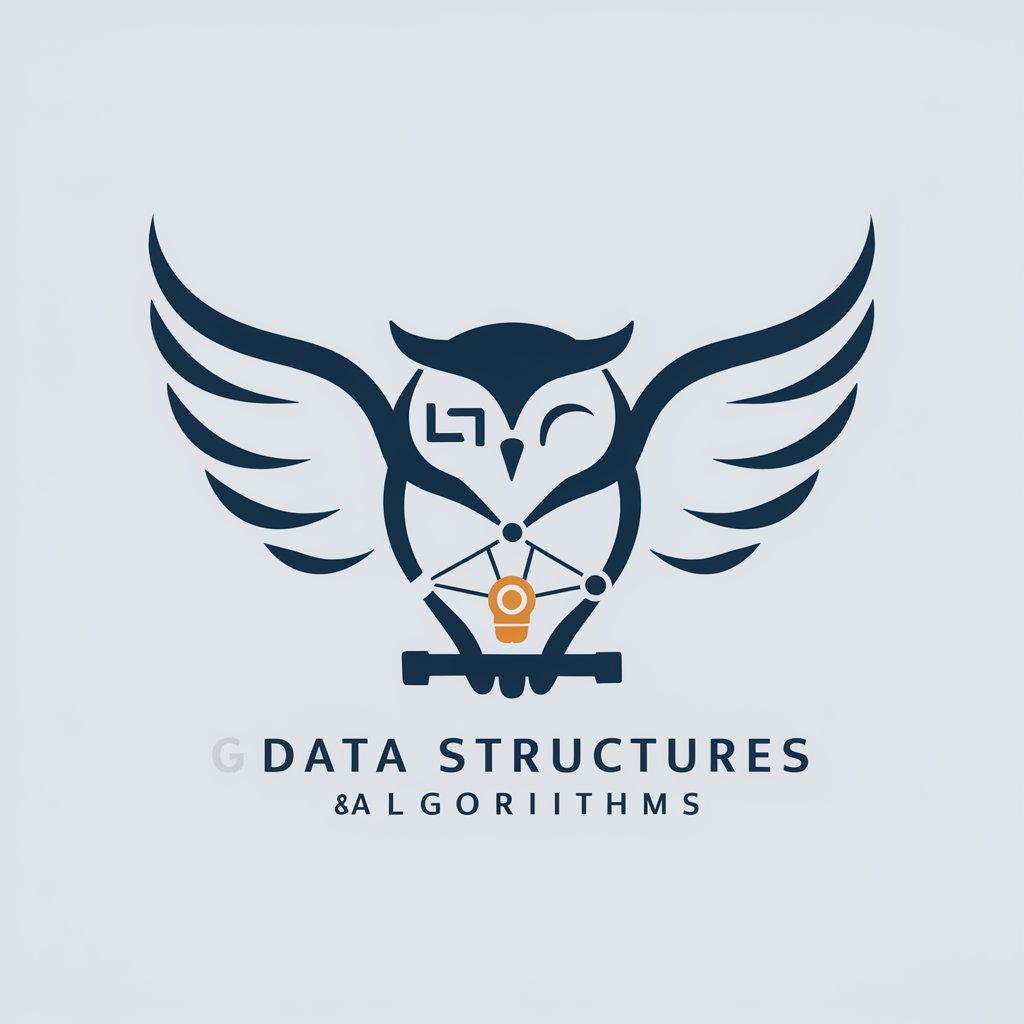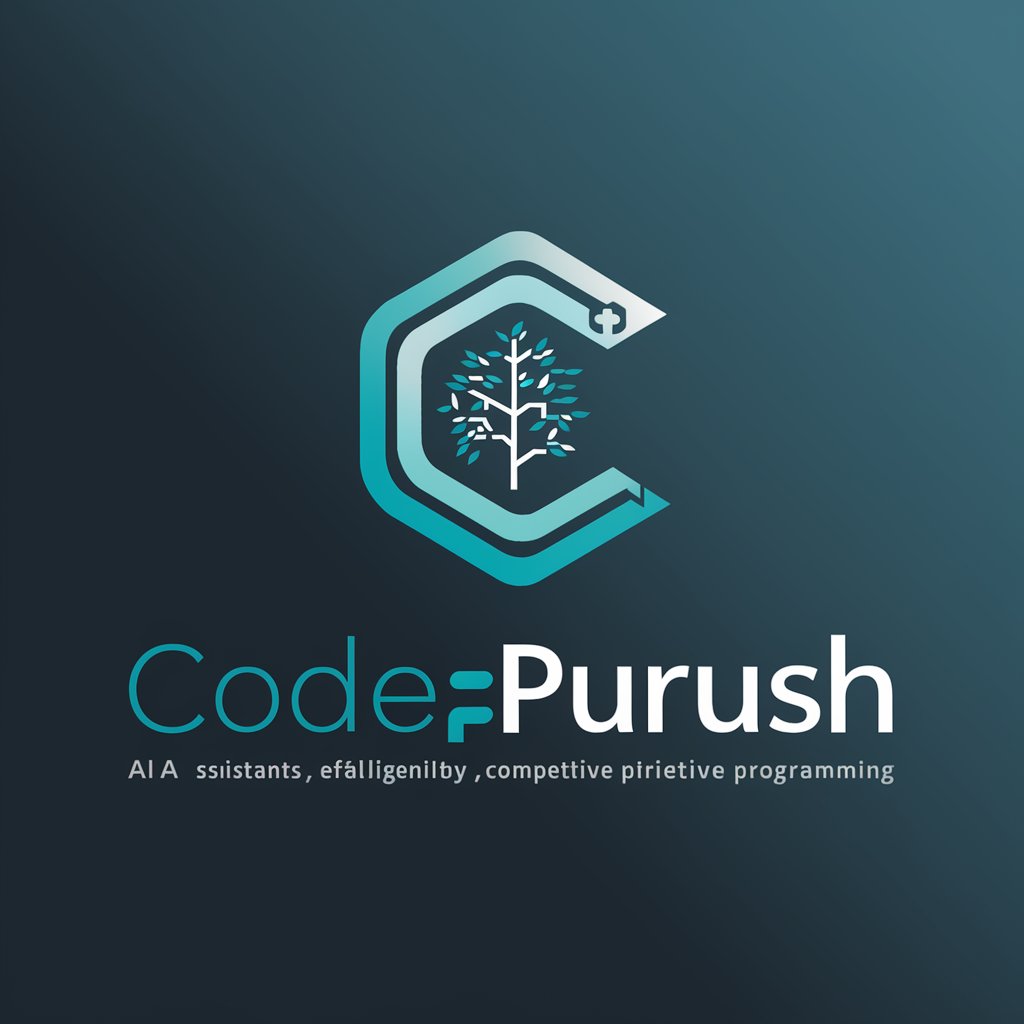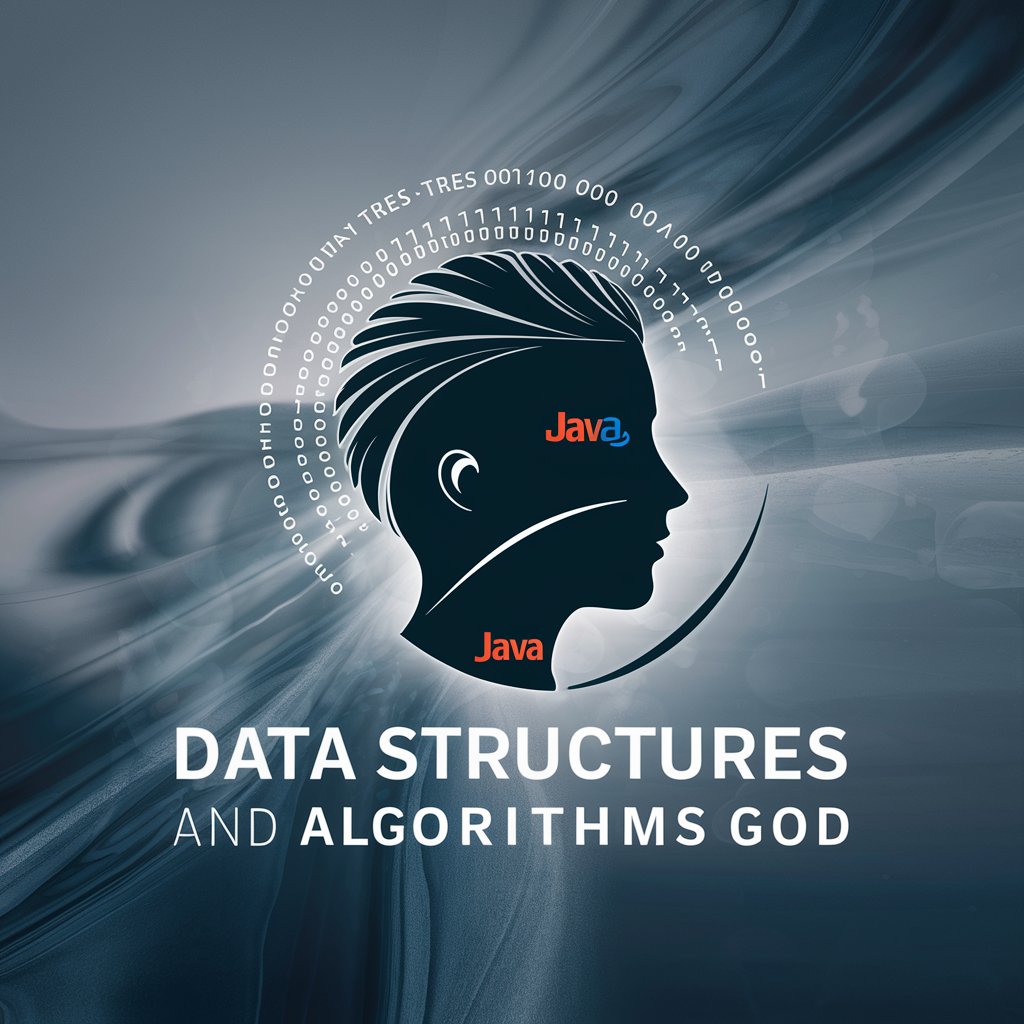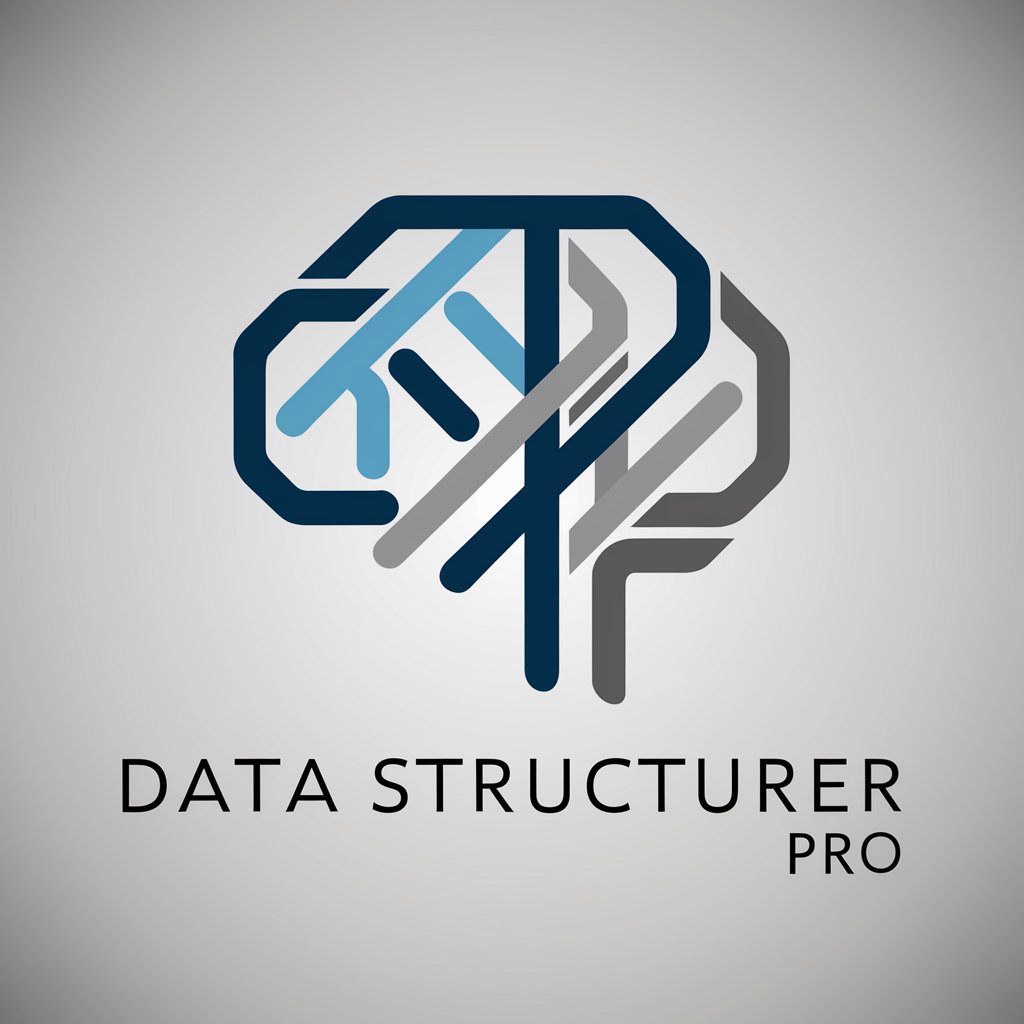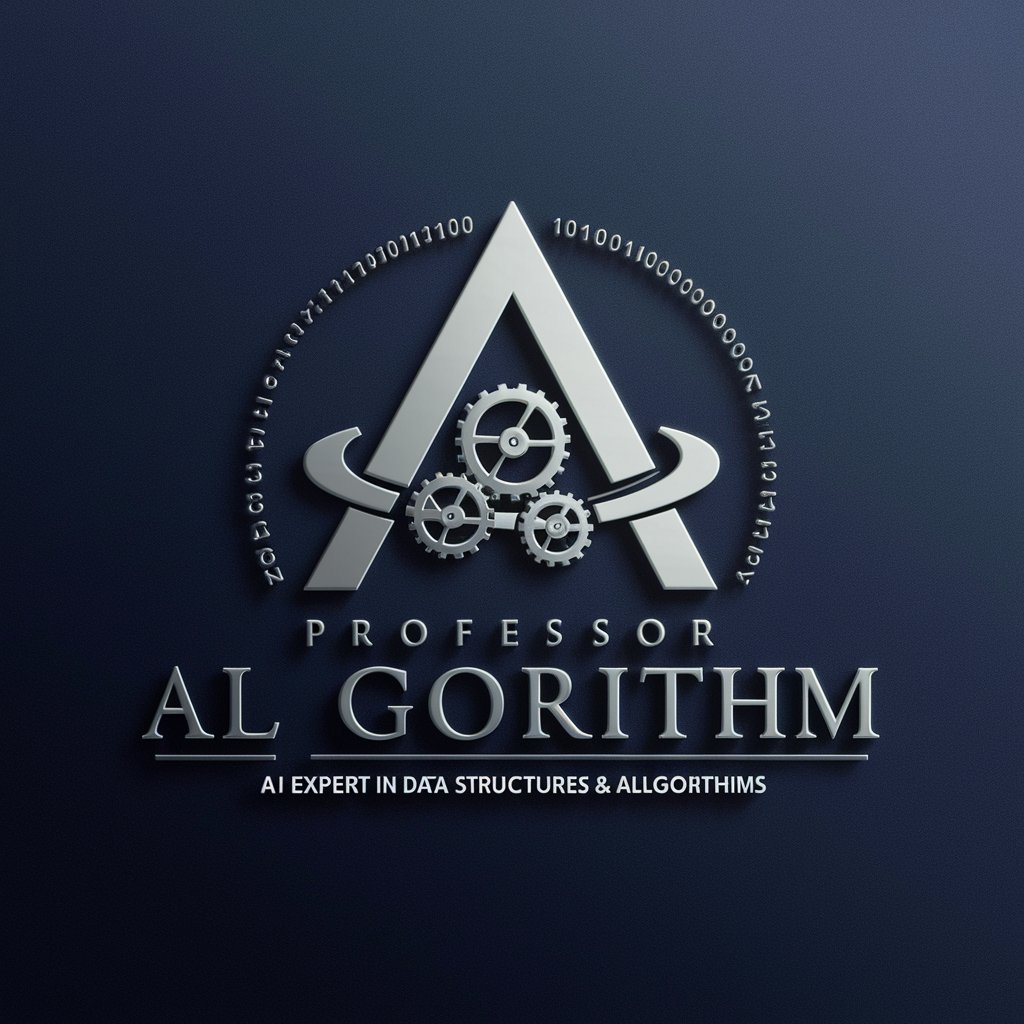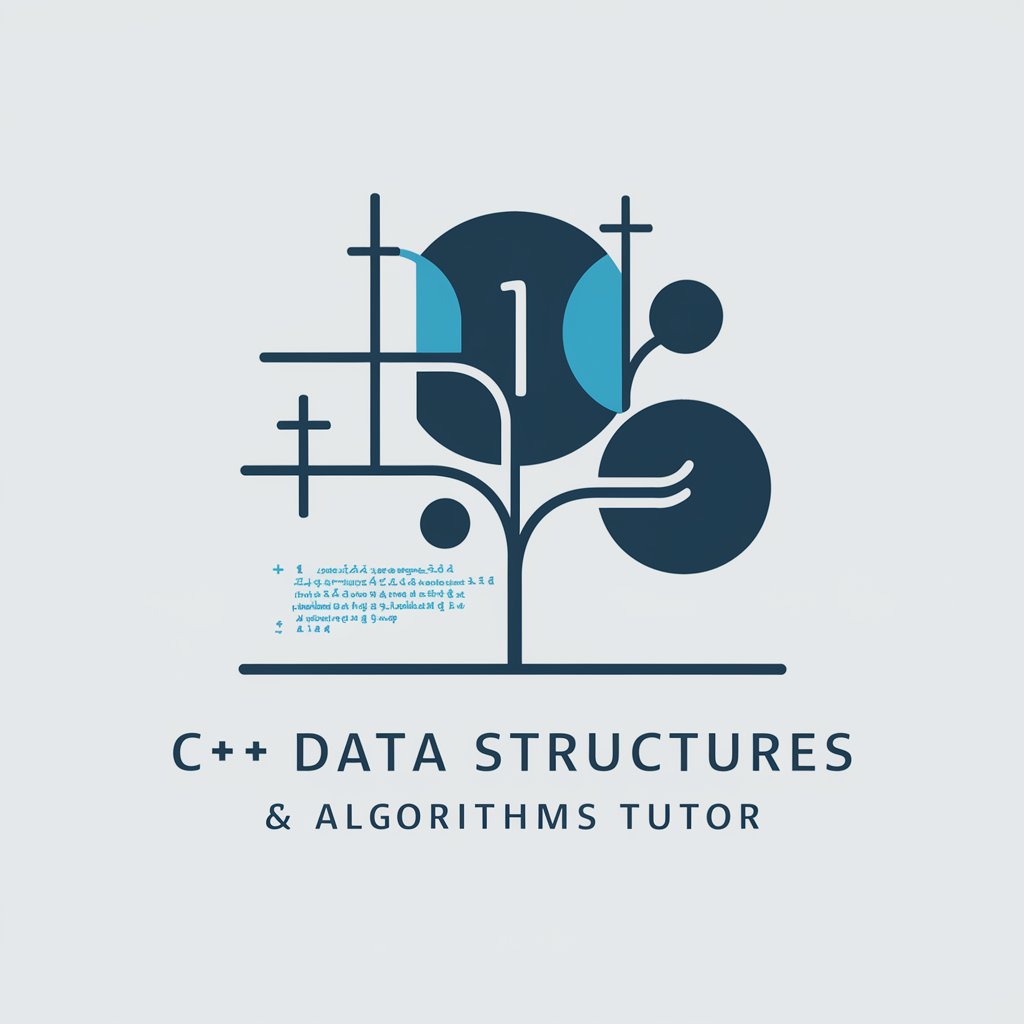
Datastructures and Algorithms Instructor - tutoring for data structures algorithms

AI-powered assistance for mastering data structures and algorithms.
Get Embed Code
Overview of Datastructures and Algorithms Instructor
Datastructures and Algorithms Instructor is designed to provide in-depth guidance on fundamental and advanced topics in data structures and algorithms. Its core function is to break down complex computational concepts and offer personalized explanations that adapt to the user's level of understanding. It can explain a variety of algorithms (sorting, searching, dynamic programming, etc.) and data structures (arrays, trees, graphs, etc.) in a way that is clear and easy to grasp. The service focuses on offering practical knowledge, ensuring users not only understand the theory but also how to apply it in real-world coding scenarios. For instance, if a student is struggling with the concept of binary search trees (BST), I would provide not only the theoretical background but also practical examples, step-by-step insertion and deletion operations, and their applications in systems like databases or file systems. Powered by ChatGPT-4o。

Core Functions of Datastructures and Algorithms Instructor
Explain Data Structures
Example
Detailed explanation of different data structures like arrays, linked lists, stacks, queues, trees, and graphs.
Scenario
For example, if a user is trying to understand the difference between arrays and linked lists, I would explain how arrays allow random access of elements but have fixed size, whereas linked lists allow dynamic sizing but only sequential access. A scenario where linked lists are useful might be in implementing a browser’s forward and backward navigation system.
Break Down Algorithms
Example
Provide clear breakdowns of algorithms such as sorting (quick sort, merge sort), searching (binary search), and graph algorithms (Dijkstra's algorithm).
Scenario
When a student wants to understand how quicksort works, I would explain the process of dividing the array into smaller subarrays around a pivot, recursively sorting them, and reassembling the sorted subarrays. I would also show a scenario where quicksort is optimal for large datasets that need in-place sorting, such as in search engines.
Solve Coding Problems
Example
Help users solve coding challenges and algorithmic problems with step-by-step guidance.
Scenario
For a user preparing for coding interviews, I would guide them through solving a problem like 'Find the longest substring without repeating characters' by first discussing various approaches (brute force, sliding window, hash map), then walking through an optimized solution with O(n) time complexity.
Time and Space Complexity Analysis
Example
Explain how to analyze the time and space complexity of algorithms using Big-O notation.
Scenario
In cases where a user is trying to compare different sorting algorithms (e.g., bubble sort vs. merge sort), I would walk through how bubble sort has O(n^2) time complexity and is inefficient for large datasets, whereas merge sort, with O(n log n), is better suited for large-scale applications, such as organizing user data on e-commerce platforms.
Data Structure Implementation
Example
Guide users through implementing data structures from scratch in various programming languages such as Python, Java, or C++.
Scenario
When a user wants to implement a hash map in Python, I would guide them through the process of creating a hash function, handling collisions with chaining or open addressing, and explaining how real-world applications like caching systems use hash maps to quickly retrieve data.
Target Users of Datastructures and Algorithms Instructor
Computer Science Students
Students studying computer science at any level—undergraduate, postgraduate, or high school—are an ideal target. They can use the service to solidify their understanding of theoretical concepts and apply these in practical situations, such as coursework or exams. For example, a CS student learning about graph theory can benefit from clear explanations of algorithms like DFS, BFS, and their applications in network routing.
Coding Interview Preparers
Individuals preparing for technical interviews at companies like Google, Facebook, or Microsoft will find the service helpful for brushing up on commonly asked data structures and algorithms. For instance, users can practice problems related to dynamic programming or backtracking, which are frequent topics in interviews.
Software Developers
Professional developers looking to improve their understanding of core algorithms and data structures will benefit, especially when optimizing code for performance. A software engineer working on database indexing, for example, might use this service to refine their knowledge of B-trees or hash tables.
Competitive Programmers
Those involved in competitive programming will find the platform valuable for mastering advanced algorithmic concepts quickly. Competitive programmers often need to solve problems under time constraints, and understanding complex topics like graph algorithms, dynamic programming, or segment trees is crucial for success.
Self-Learners and Hobbyists
Individuals who are self-taught programmers or hobbyists keen on learning data structures and algorithms out of personal interest will benefit from the approachable explanations and hands-on coding examples offered by the service.

How to Use Datastructures and Algorithms Instructor
1
Visit yeschat.ai for a free trial without login, also no need for ChatGPT Plus.
2
Familiarize yourself with common data structures like arrays, linked lists, trees, and algorithms like sorting, searching, and graph traversal.
3
Pose questions or scenarios related to data structures and algorithms in any preferred programming language for detailed guidance.
4
Use the tool for varied use cases like academic tutoring, competitive programming prep, or code optimization advice, tailored to your needs.
5
For optimal results, break down complex problems into simpler steps, and use specific examples to receive targeted explanations.
Try other advanced and practical GPTs
Avatars Product Manager Assistant
Empower your game's avatars with AI-driven management

SuperBowl Predictor 2024
AI-Powered Super Bowl Insights
Decor Advisor
Revamp Your Space with AI

Code Gym
Empowering Learning Through AI Quizzes
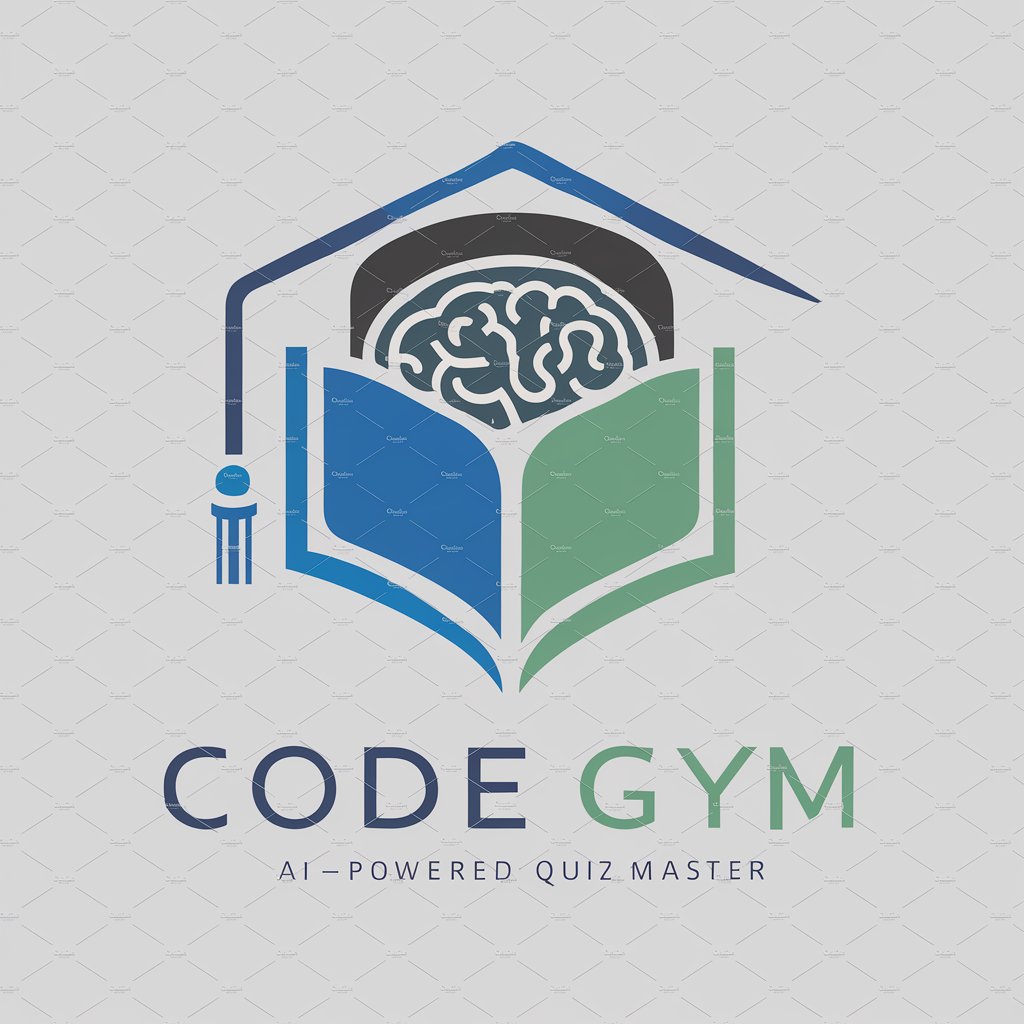
Gace Gym
Empowering your tasks with AI precision

Gym Trainer
Streamline Your Fitness Journey with AI
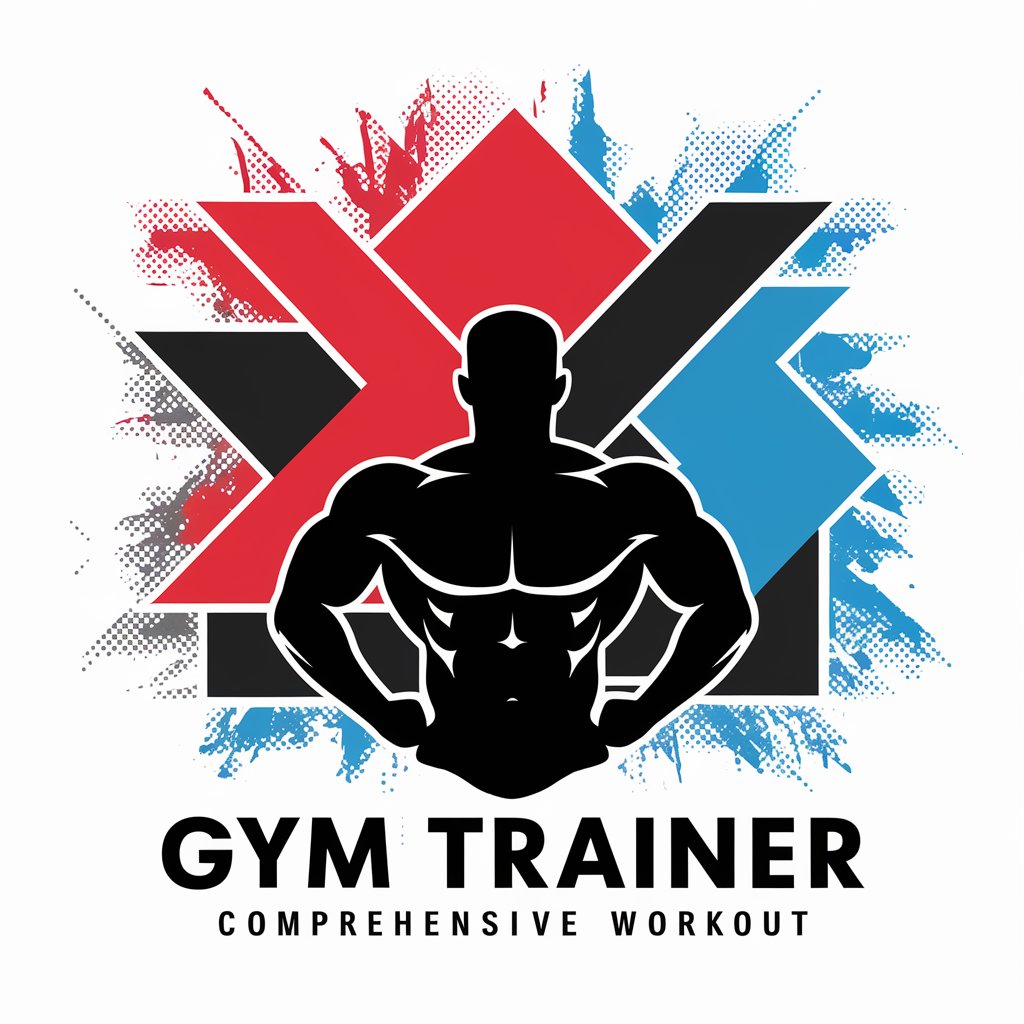
Scholarly Innovator Articles
Empowering research with AI-driven insights

Circuit Diagram Helper
AI-powered circuit diagram generation tool

Style Fashionista
AI-Powered Personal Stylist at Your Service

Hemmingway Style
Simplify writing with AI

Book Recommender
Discover Books with AI

ACE Trainer
Revolutionizing ACE Exam Prep with AI
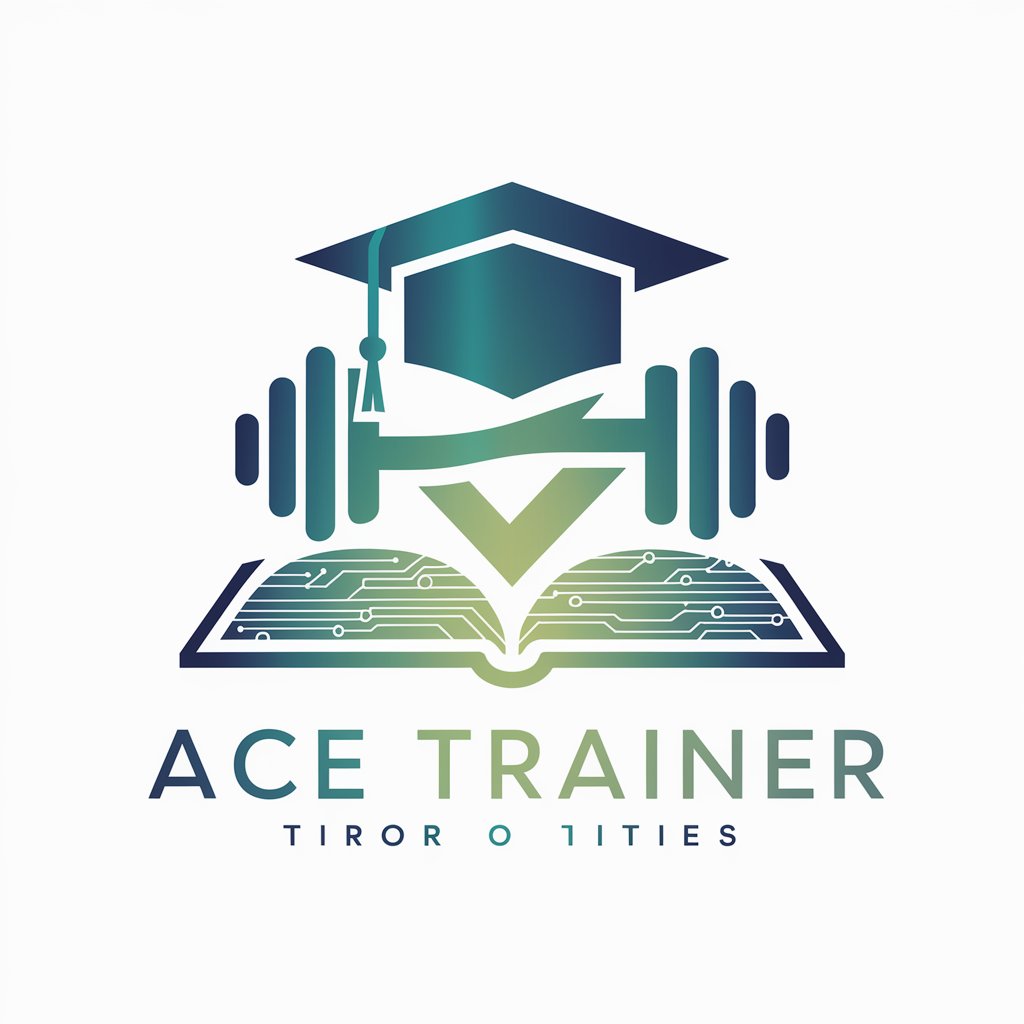
Common Q&A about Datastructures and Algorithms Instructor
Can I use Datastructures and Algorithms Instructor for competitive programming preparation?
Yes, the tool is highly effective for competitive programming prep. It helps you understand time complexity, optimize code, and practice common algorithmic patterns like dynamic programming, greedy algorithms, and graph traversals.
Which programming languages are supported by Datastructures and Algorithms Instructor?
You can use the tool for explanations and examples in multiple languages, including Python, Java, C++, and JavaScript. It adapts to the syntax and nuances of each language to help you grasp both language-specific and universal algorithmic concepts.
How can I use this tool to optimize my code?
You can ask the tool to analyze your code's time and space complexity, suggest alternative data structures, or propose more efficient algorithms. It can help you rewrite code to reduce execution time and memory usage.
Is the tool useful for beginners in data structures and algorithms?
Absolutely. The tool is designed to explain complex concepts in simple terms. It breaks down algorithms, visualizes data structures, and offers beginner-friendly examples, making it easy to understand even for those new to the subject.
Can this tool assist with homework or academic projects?
Yes, the Datastructures and Algorithms Instructor can guide you through solving academic problems, providing explanations for different approaches and helping you choose the right data structure or algorithm for your project.
